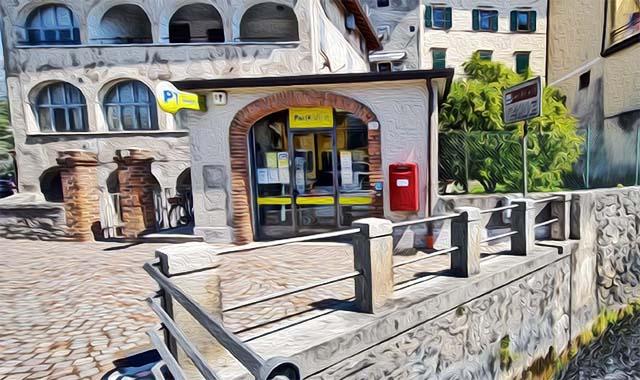In Italy, a falling birth rate goes hand in hand with the enormous waste that is depopulation, a phenomenon that risks altering the landscape, historical and cultural identity of our country. Between 1981 and 2019, as many as 3,805 municipalities saw their number of residents decline by an average of 22%. Altogether, they lost almost 4 million inhabitants. The map of municipalities that have paid the highest price in terms of 'desertification' can be found in a report by the Centro studi enti locali (CSEL) . The most affected regions are Piedmont (664 municipalities) and Lombardy (411), followed by Calabria (309), Campania (289), Sardinia (277), Sicily (245) and Abruzzo (213). Many of these municipalities have lost more than half of their residents over the past 50 years and now see their very survival at risk. There are many factors at the origin of this exodus: lack of job opportunities, transport difficulties, the progressive reduction of services such as bank counters and public administration offices, the digital divide. Therefore, investments in services and infrastructure capable of improving the quality of life of those who wish to stay or wish to return to small towns are of strategic importance.
The Polis Revolution
One example, among the most relevant in terms of committed resources and breadth of target audience, is Poste Italiane's Polis project , which aims to promote economic, social and territorial cohesion in small towns and inland areas by leveraging the opportunities offered by digital and new technologies. The aim is to transform post office spaces by developing innovative activities and making many public administration services available to citizens through physical and digital channels. The post office will become a one-stop shop where citizens can request the documents they need. All paperwork can be done with a single contact person and in real time. With its local 'one-stop shops', the Polis project will change the face of more than 6,900 post offices in municipalities with less than 15,000 inhabitants. It will cost EUR 1.12 billion and will be a significant step in the digital transition envisaged by the NRRP.
Continuous monitoring
This is how Poste Italiane strengthens its relationship with its vast customer base, i.e. the 35 million people who use the physical and virtual counters of the largest service distribution network. The company has invested heavily on the quality and accessibility of the latter, as can be seen leafing through the latest Financial Report. There is continuous monitoring of waiting times in post offices, with the possibility of immediate action by means of an alert system; outside, on-time delivery levels of the mail and parcels are measured. As a result, complaints decreased by 30%. In one year, the Customer Feedback Management service, which is carried out by eight hundred people, has identified and implemented 457 improvement actions suggested by customers and the front line of counters. Employee reports generally concern operations, procedures and connections, applications, hardware. 159 actions suggested by this source were activated.
Certifications
A guarantee for customers is the UNI ISO 22222 Certification achieved for the more than 8,000 financial advisors who assist savers in their investment choices. The certification measures the technical skills and ethical behaviour of financial advisors. Poste Italiane was the first among large Italian companies to achieve this result for the investment consultancy service provided by financial advisors engaged in the role of personal financial planners.
Key investments
The digital assistance service was implemented, which enabled more than 20 million conversations to be handled thanks to artificial intelligence (voice and chat channels). Equipped with a high-resolution screen, the new digital lockers are a real 'Post Office' that allows you, after registering, to receive your parcels even when you are not at home, simply by accessing the unit where the parcel was deposited by the courier with a QR code. And finally, a lot of investments have concerned security, a crucial issue in the new digital economy. Over a period of one year, the combination of measures taken and the cooperation with the National Computer Crime Centre of the Postal Police resulted in a 35% reduction in data leakage or theft.












